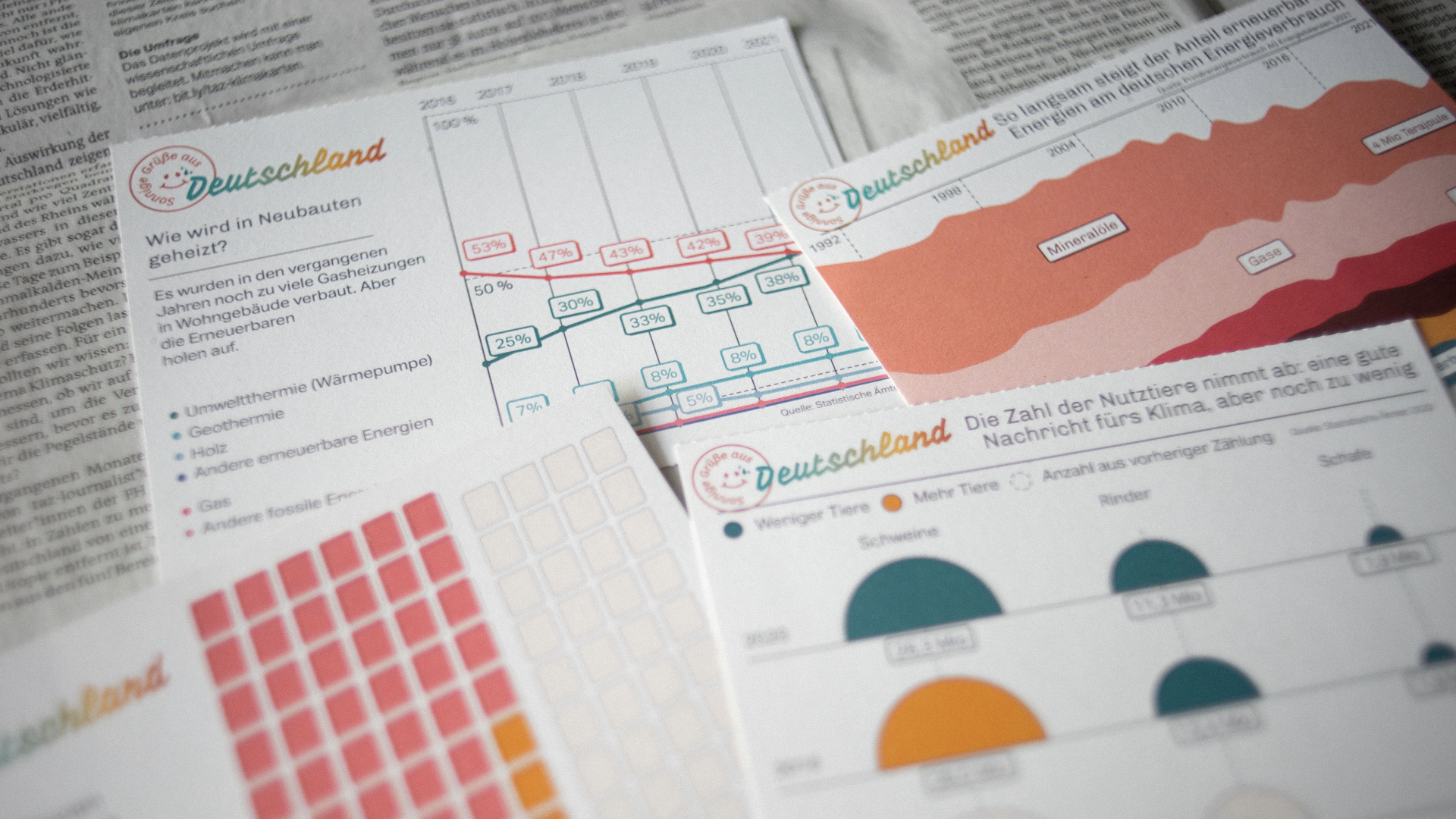From shock to shift: Data visualization for constructive climate journalism
Francesca Morini, Johanna Hartmann, Anna Eschenbacher, Marian Dörk
DOI: 10.1109/TVCG.2023.3327185
Room: 109
2023-10-26T22:00:00ZGMT-0600Change your timezone on the schedule page
2023-10-26T22:00:00Z

Fast forward
Full Video
Keywords
Constructive Climate Journalism, Frameworks, Storytelling, Journalism
Abstract
We present a multi-dimensional, multi-level, and multi-channel approach to data visualization for the purpose of constructive climate journalism. Data visualization has assumed a central role in environmental journalism and is often used in data stories to convey the dramatic consequences of climate change and other ecological crises. However, the emphasis on the catastrophic impacts of climate change tends to induce feelings of fear, anxiety, and apathy in readers. Climate mitigation, adaptation, and protection – all highly urgent in the face of the climate crisis – are at risk of being overlooked. These topics are more difficult to communicate as they are hard to convey on varying levels of locality, involve multiple interconnected sectors, and need to be mediated across various channels from the printed newspaper to social media platforms. So far, there has been little research on data visualization to enhance affective engagement with data about climate protection as part of solution-oriented reporting of climate change. With this research we characterize the unique challenges of constructive climate journalism for data visualization and share findings from a research and design study in collaboration with a national newspaper in Germany. Using the affordances and aesthetics of travel postcards, we present Klimakarten, a data journalism project on the progress of climate protection at multiple spatial scales (from national to local), across five key sectors (agriculture, buildings, energy, mobility, and waste), and for print and online use. The findings from quantitative and qualitative analysis of reader feedback confirm our overall approach and suggest implications for future work.